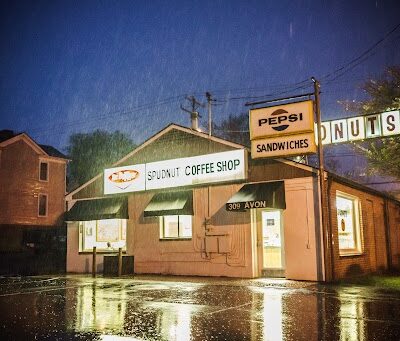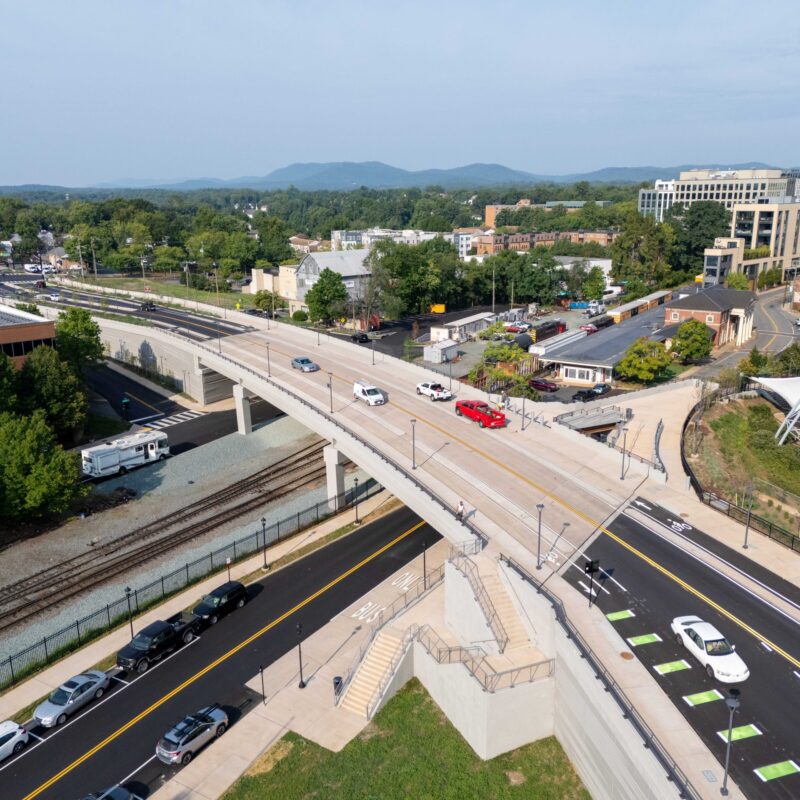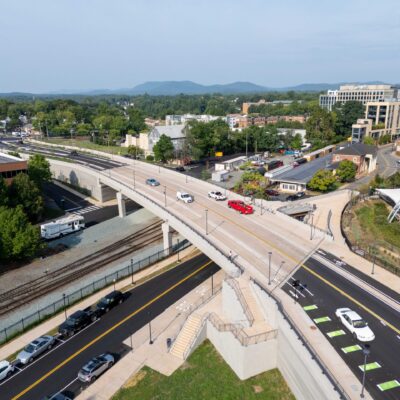Ace, I’ve got a few questions about that Three Notch’d Road historical marker on the east end of the Pedestrian Mall. First, what are the notches? Second, where did the road go? Lastly, who the heck was Jack Jouett, and what “famous ride” of his does the sign refer to?—Scratch’d-Head’d in Charlottesville
Listen, my friend, and you will intuit
The mostly forgotten ride of Jack Jouett,
Whose exploits pretty much saved Monticello,
But didn’t get written down by Longfellow.
Sorry, Jack; now Ace gets to do it.
Three Notch’d (also Three Chopt) Road was an old east-west colonial route that connected Richmond and the Shenandoah Valley during the 18th and 19th centuries. If you read the marker closely, you’ll see that the “Notch’d” refers to tree markings that delineated the trail. All of that’s gone now, the trail at large having been absorbed into Rte. 250 in the 1930s. And the Main St./University Ave. is no longer a wooded path, but the latte-liberal oasis we lovingly call our Downtown Mall.
During the Revolutionary War, however, Three Notch’d Road was the means by which Virginia legislators narrowly escaped capture by British forces. It was 1781, and the American colonial war effort in Virginia was looking grim, reeling from Benedict Arnold’s recent attack on Richmond. To make matters worse, British General Cornwallis had covertly sent 180 dragoons and 70 mounted infantrymen marching for Charlottesville, with orders to arrest Governor Thomas Jefferson, Patrick Henry and other members of the Virginia legislature.
By the night of June 3, the raiding party had reached the Cuckoo Tavern in Louisa. Jack Jouett, a 27-year-old Albemarle County native and a captain in the Virginia militia, was either attending to his father’s business (according to AmericanHeritage) or sleeping on the Tavern’s lawn (Ace’s preferred version sourced, ahem, from Wikipedia) when he caught sight of Cornwallis’s dragoons passing through around 10 o’clock. As the British stopped for a three-hour rest, Jouett mounted his thoroughbred and made for Monticello, taking treacherous portions of Three Notch’d Road and other backwoods routes because British troops occupied the main highway. Forty miles and seven hours later, a bruised and exhausted Jouett reached Monticello, warned Governor Jefferson, then carried the alert to legislators in Charlottesville. Because of Jouett’s warning, most of the legislators evaded capture, escaping to Staunton by way of Three Notch’d Road.
Two weeks later, the legislature passed a resolution to honor Jack Jouett’s Ride, and the rest is history. Which evidently means that nobody remembers it.
You can ask Ace yourself. Intrepid investigative reporter Ace Atkins has been chasing readers’ leads for 20 years. If you have a question for Ace, e-mail it to ace@c-ville.com.





